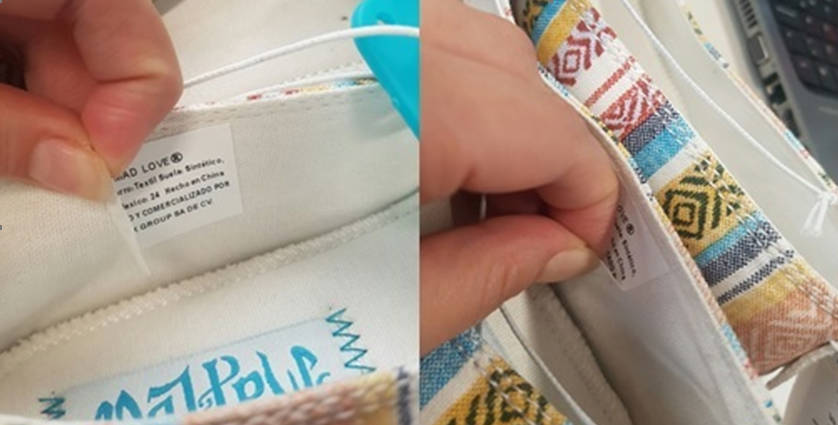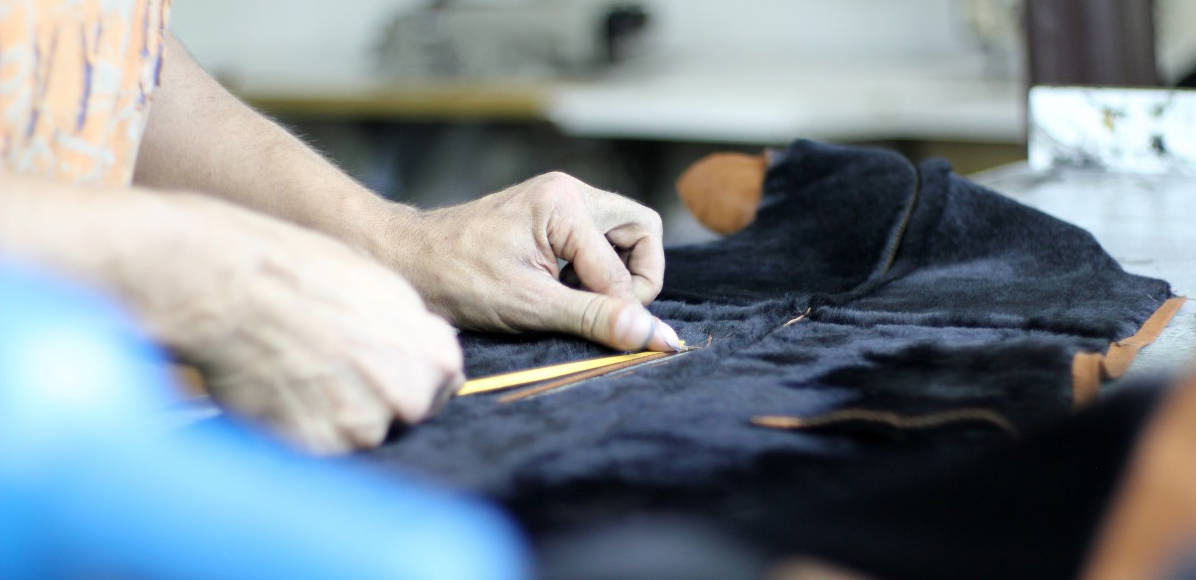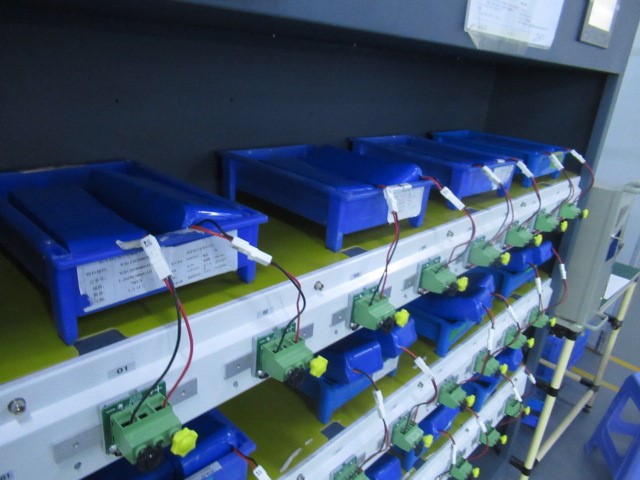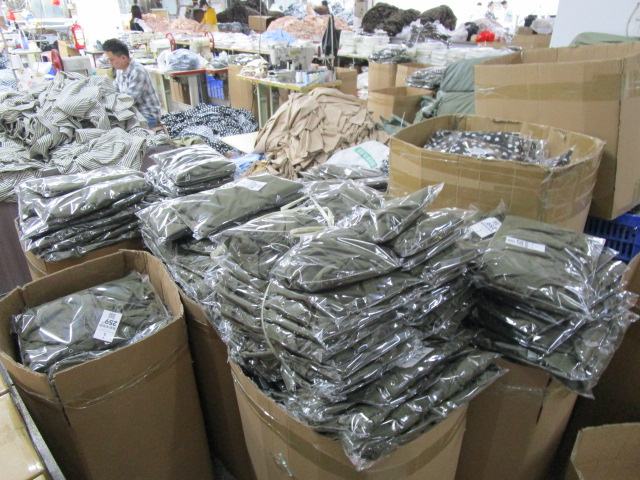
Contents
Introduction
In the apparel industry, the consistency and accuracy of fabric colors are pivotal to the quality and aesthetic appeal of the final product. Color difference, or color discrepancy, refers to the variation in color shades when comparing a fabric sample to a standard color under specific conditions. This article delves into the classification of color differences, quality requirements, international standards, and the standard methods employed in inspecting fabric color differences during the apparel inspection process.
Classification of Color Differences
Color differences in fabric can be categorized based on the nature and direction of the discrepancy:
- Hue Difference: Variations in the color type, where the color appears to shift from the standard color.
- Lightness Difference: Changes in the lightness or darkness of a color compared to the standard.
- Chromaticity Difference: Differences in the saturation or intensity of the color, where the color may appear more or less vivid than the standard.
Quality Requirements
Quality requirements for fabric colors in the apparel industry are stringent, with the aim of ensuring that all fabric batches match the designated color standards closely. These requirements are defined by:
- Color Consistency: Fabric colors should be consistent across different batches and within the same batch.
- Color Fastness: The ability of the fabric color to resist fading or changing when subjected to conditions like washing, rubbing, and exposure to light.
- Visual Appeal: The color should meet the aesthetic requirements set by designers and customers, contributing to the overall appeal of the garment.
International Standards
Several international standards provide guidelines for evaluating fabric color differences, including:
- ISO 105-J01: Specifies the procedure for the instrumental assessment of color differences for textiles made of any material.
- ASTM D2244: Outlines the standard practice for calculating color differences from instrumentally measured color coordinates.
- AATCC Evaluation Procedure 1: Describes the visual assessment of color differences of textiles under daylight conditions.
These standards offer a framework for both visual and instrumental assessments of color differences, ensuring consistency and reliability in evaluations.
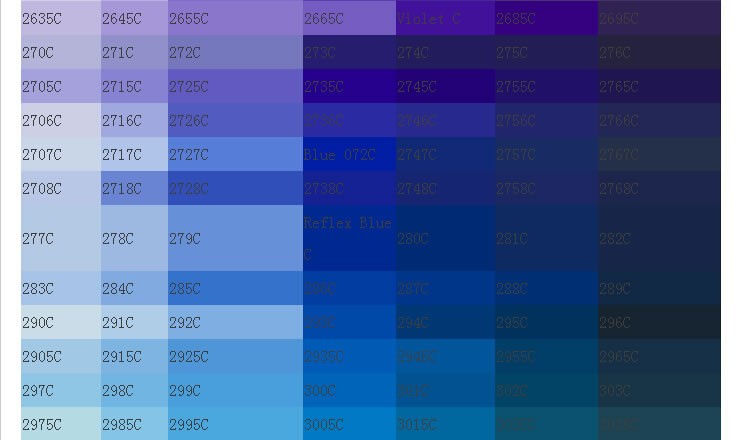
Inspection Standards and Methods
1. Visual Inspection Methods
Visual inspection remains a crucial step in assessing fabric color differences. This method involves comparing the fabric sample against a color standard under controlled lighting conditions. The use of a light box, equipped with multiple light sources (e.g., D65 for daylight, TL84 for store light), allows for the evaluation of color differences under various lighting conditions. Observers are trained to assess color discrepancies, taking into account factors like hue, lightness, and chromaticity.
2. Instrumental Inspection Methods
Instrumental methods offer a more objective assessment of color differences, utilizing devices such as spectrophotometers and colorimeters. These instruments measure the color properties of fabric samples and calculate the color difference (ΔE) from the standard color based on specific formulas. The most commonly used color difference formula is the CIELAB ΔEab, which considers differences in lightness (L), chroma (C*), and hue (H*).
a. Calibration and Standardization
Before conducting instrumental inspections, devices must be calibrated using standard white tiles to ensure accuracy in measurements.
b. Sample Preparation
Fabric samples and standards are prepared in a manner that minimizes folds, creases, and any external factors that could affect color measurement.
c. Measurement Procedure
Measurements are taken from multiple points on the fabric sample to account for color uniformity within the sample. The average of these readings is then compared to the color standard to determine the color difference.
Quality Control and Decision Making
Based on the results of color difference assessments, decisions are made regarding the acceptability of fabric batches. Tolerance levels for color differences are established, often varying by industry, brand standards, and specific product requirements. These tolerance levels help in determining whether a fabric batch meets the quality standards or requires adjustments.
Conclusion
Accurately determining fabric color differences is a complex but essential part of the apparel inspection process, ensuring that garments meet the desired quality and aesthetic standards. Through a combination of visual and instrumental methods, guided by international standards and strict quality requirements, apparel manufacturers can effectively manage color consistency across their products. As technology advances, the precision of color difference measurements and the efficiency of inspection processes will continue to improve, further enhancing quality control in the apparel industry.


